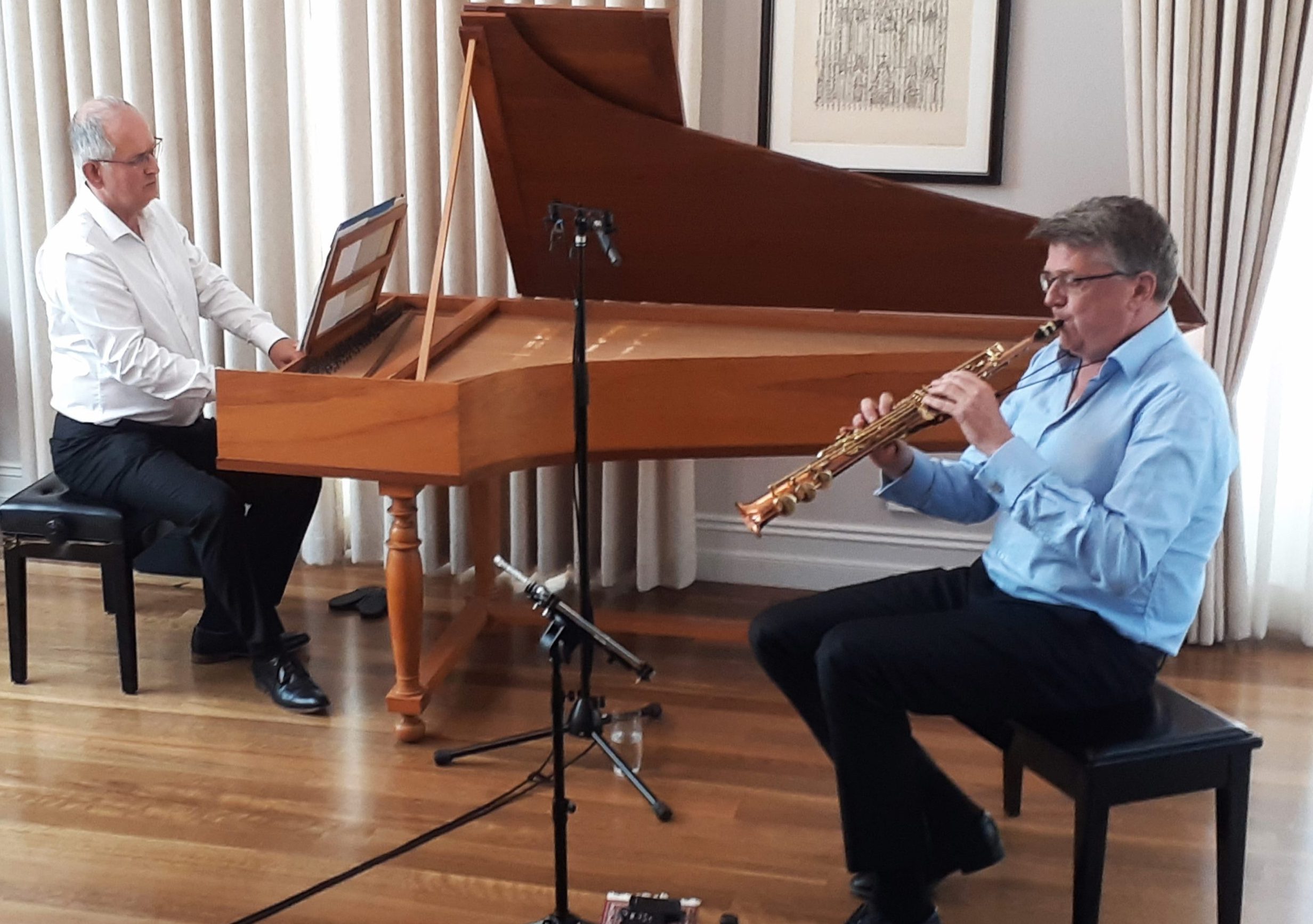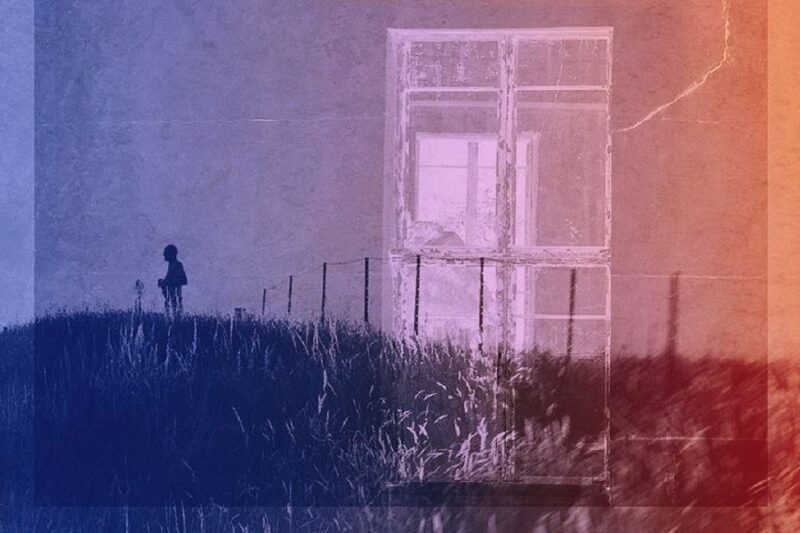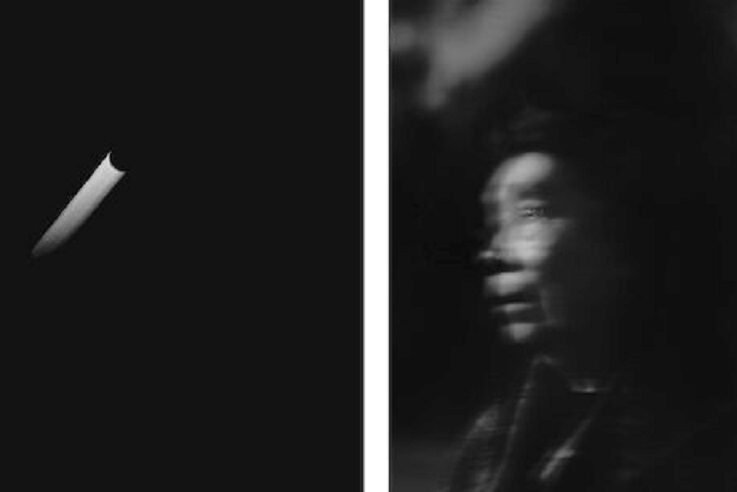
Music / “Duo de Fesch”, saxophone and harpsichord. At Greenaway Studio, Chapman, March 11. Reviewed by ROB KENNEDY.
COMBINING the saxophone and harpsichord is an act of genius. Artfully reimagining a program of 18th century French Baroque music for these two instruments brought out a glorious sound.
Internationally renowned saxophonist Niels Bijl and leading harpsichordist Peter Hagen created a concert of the most sublime sounds. Together, these two instruments opened up old music in new and exciting ways.
All the works performed were not written for saxophone, but as Hagen said, composers indicated that the music could be played by “diverse instruments”. The concert began with the “Sonata for cello and basso continuo in D minor, opus 8b, No. 3 by Willian De Fesch.
This multi-movement sonata goes from slow and sad to a joyous, lively dance-like tune, and a song in the form of an “Arietta”.
The sound quality was transfixing from this fetching and colourful combination of players and music.
The intimate space of the Greenaway Studio was the perfect size and acoustic for this music. These two worldly musicians could be heard clearly.
Then on to the “Cinquième Suitte”, in E minor for flute and basso continuo, by Pierre Danican Philidor. This multi-movement work, from the French High Baroque, began with a slow first movement, which was customary for the time, and this one sang of great solemnity.
Both players were totally in tune with one another on musical and extra-musical levels. Their non- visual communication telling everything that needed to be said.
The soprano sax would not have been out of place in 1700 when this piece would have been written. Its sound can express all the colours required for such ornamented music. But what was exceptionally pleasing about this concert was being able to hear every note on Hagen’s Dutch harpsichord, which produced a quality and expressive sound.
Antoine Dornel’s, "La Couprin”, four-movement work followed the format of the previous pieces.
This delightfully sprightly work showed some lovely writing and it was all timed perfectly by the two. The “Gigue”, a particularly lively and pleasing piece.
Bijl is a well-established educator. He is currently the saxophone lecturer at Monash University. He had a good chat with the audience about his thoughts on the saxophone and how it works in jazz and classical music equally.
“Deuxieme Suite”, for flute and bassoon continuo, by Louis de Caix D’Hervelois, came next. This was the most diverse work of the concert. Many forms of music and some tricky passages for the sax blended to create a small symphony of musical ideas. Short solo runs for the sax proved the beauty of this small instrument.
Finishing the program with another work by De Fesch. His “Sonata for cello and basso continuo”, in D Major, opus 8a, No.3. Beautifully melodic, but much more, this was a delightful piece.
All these works underscored how expressive baroque music is. The sax gave the music a more open and carefree sound. They are on to something by combining these instruments. Notes were not lost in the sound of each other because they were both so distinctive and open. People could clearly hear and easily enjoy this music.
As a surprise encore, they performed a Sally Greenaway piece. A lively and lyrical work titled,
“Overture for Da Vinci’s Apprentice”.
Who can be trusted?
In a world of spin and confusion, there’s never been a more important time to support independent journalism in Canberra.
If you trust our work online and want to enforce the power of independent voices, I invite you to make a small contribution.
Every dollar of support is invested back into our journalism to help keep citynews.com.au strong and free.
Thank you,
Ian Meikle, editor




Leave a Reply